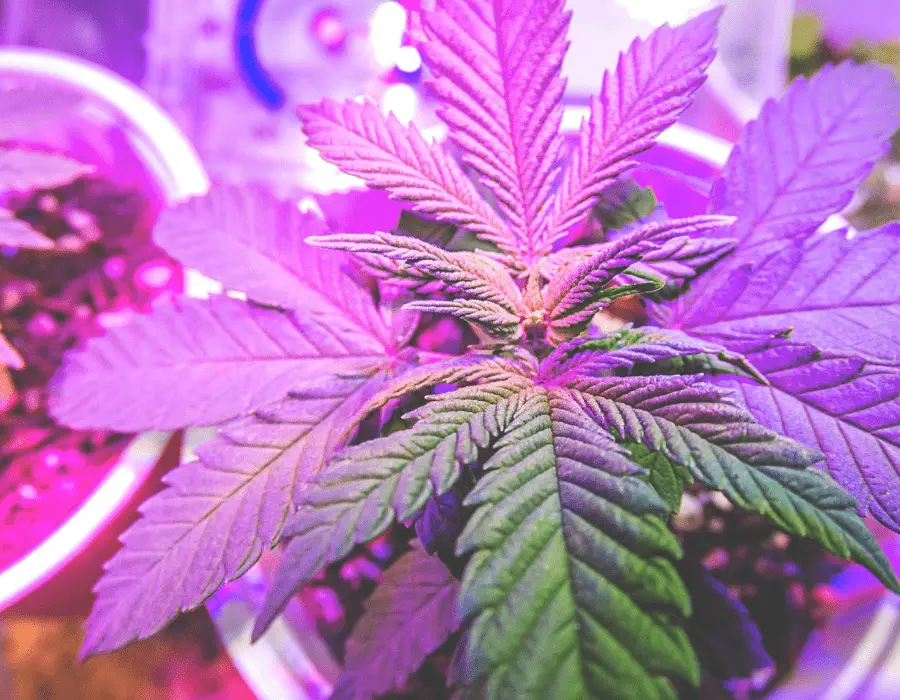Many of us probably recall sitting in science class listening to a professor talk about cells, atoms, and molecules, including their structural compositions and critical importance to life. Long lectures and endless terms such as electric conductivity, osmosis, and ionic exchanges were memorized and subsequently tested on.
However, most of us probably thought we would never come across those terms again in ‘real world’ experiences, especially when growing marijuana. Welcome to the 2021 real-world science program where those terms and many others are now commonly used in cannabis cultivation.
Think of growing cannabis as one big science lab in the real world. Following procedures and understanding data teach growers how to optimize their growing practices to produce the utmost potential out of a marijuana plant.
While many scientific principles should be applied when growing cannabis, understanding electrical conductivity (EC) is at the top of the list. Growers using hydroponic systems, in particular, will learn valuable insight into how a marijuana plant is growing by monitoring EC readings.
Are you ready for a real-world cannabis science lab? This article takes a look at the science behind electrical conductivity and how it impacts cannabis plant growth.
Understanding Electrical Charges in Nutrient Solutions
Hopefully, some topics from in-school science class, such as atoms, ions, and electrical charges, come to mind as we discuss this principle.
Briefly recapping, atoms have neutrons, positively charged protons, and negatively charged electrons. If an atom has an equal amount of protons and electrons, it is electrically neutral. However, if the number of protons does not equal the number of electrons, the atom has an electrical charge.
These charged atoms or molecules are called ions. Ions bearing a positive charge are cations, while negatively charged ions are known as anions. In simple water molecules, ions dissociate to form either a positively charged hydrogen cation or a negatively charged hydroxide anion.
Nutrient compounds also have charges depending on their molecular structure. For instance, sodium chloride, which is just plain table salt, is the molecular compound NaCl. When table salt combines with simple tap water, the molecule dissociates into the cation Na+ and the anion Cl-.
When nutrients (salts) combine with water, ions hook up with mineral particles dependent upon an element’s charge. Similar to magnets, ions are attracted to opposite electrical charges and repelled by like ones.
A high concentration of ions within a solution leads to a greater flow of electrons. Highly reactive charged ions bounce electrons around in the solution, creating and rearranging bonds dictated by the electrical charges. This motion leads to an electrical current moving through the solvent.
Electrical conductivity measures the potential for the electrical current to transport through the solution. More ions flowing through a solution increases its conductivity. EC is a measurement of the salt concentration produced by the ionic activity in a nutrient formula.
